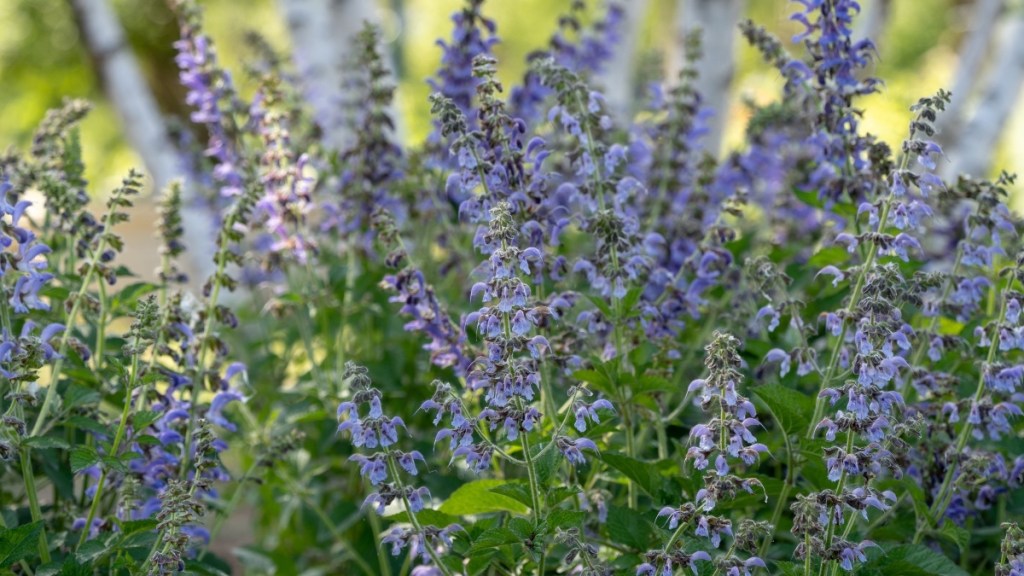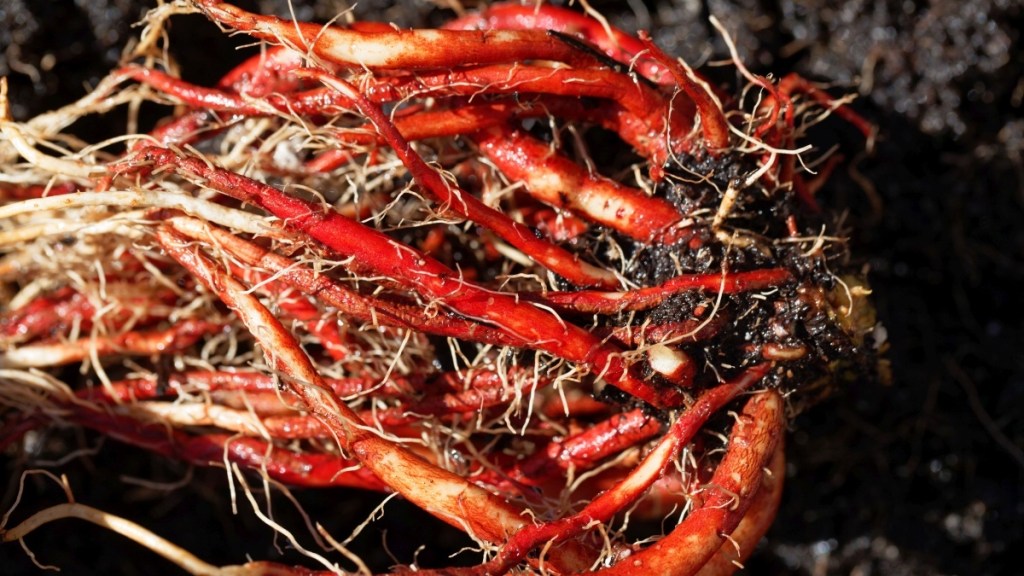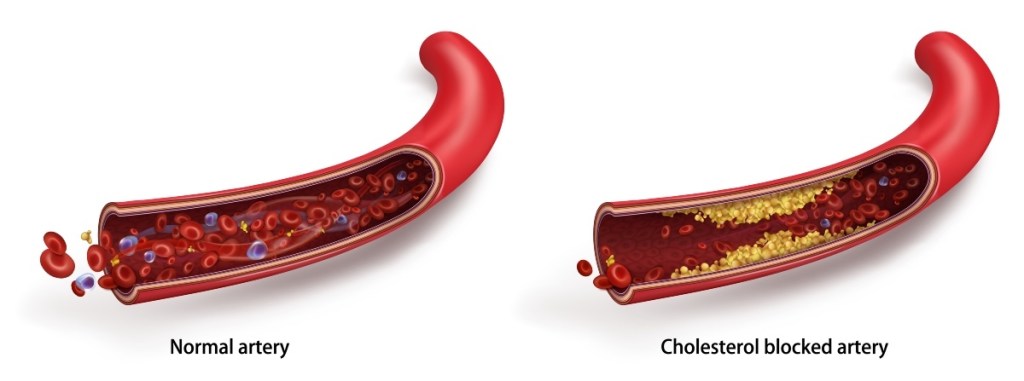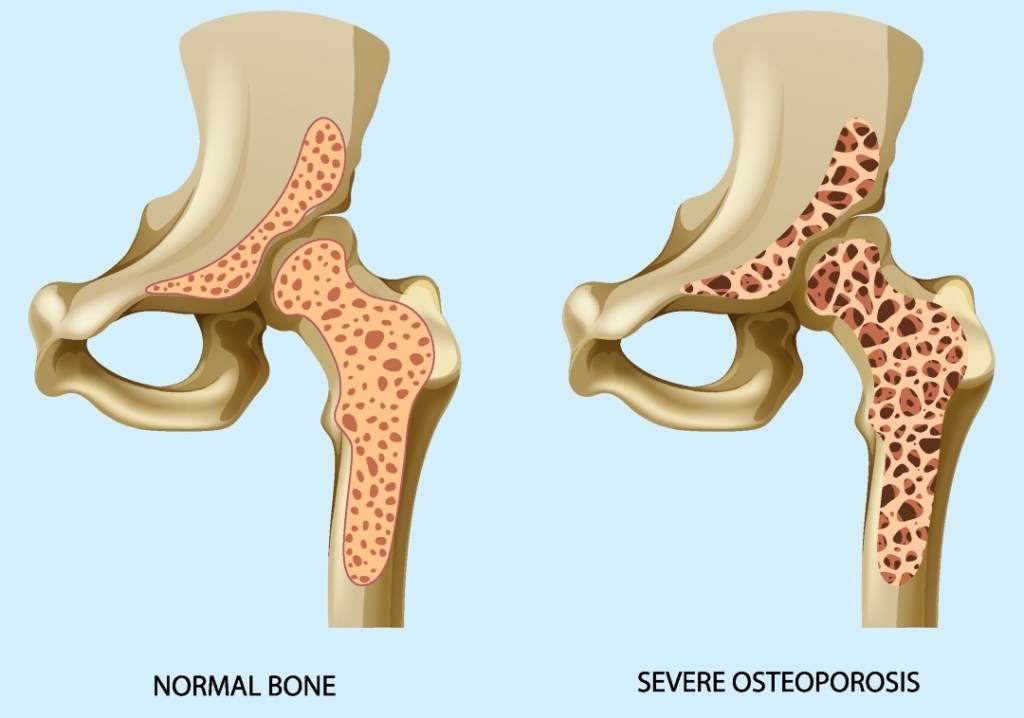Top Doc: The Ancient Root That Improves Circulation, Ends Brain Fog, Boosts Bone Strength + May Stop Cancer in Its Tracks
Red sage looks like lavender but works like a medical miracle that's been used for healing for 2,000 years

Wouldn’t it be wonderful if there were an easy way to lower your cholesterol, bolster your bones, and safeguard your memory for years to come? There is! The red sage plant, also called danshen, has long been a go-to healing remedy in Traditional Chinese Medicine (TCM). Here, learn how this ancient plant can transform your health.
The history of the red sage plant as a health booster
The red sage plant grows along grassy hillsides and streams in countries such as China and Japan. It boasts violet-hued flowers, but the roots are the real health-boosting star: Red sage gets its name from the color of the root, and it’s actually part of the mint family. And while red sage isn’t used in cooking like the common sage plant, you can get the benefits in supplement form.
“Red sage is one of the most well-known and widely used Chinese herbs and has been used medicinally for thousands of years,” says Melina Jampolis, MD, a physician nutrition specialist in Los Angeles, cofounder and chief medical officer of Ahara, and author of Spice Up, Live Long. “It’s derived from the root of the salvia miltiorrhiza plant. It’ widely known to support healthy circulation and healthy immune function.”
In an early Chinese pharmacy book dating as far back as 221 BC, red sage was cited as a highly valued, non-toxic “super grade herb.” It was used alone or with a combination of other medicinal plants for a variety of illnesses. These medical issues ran the gamut: It helped treat blood circulation problems and insomnia, as well as gastrointestinal, cardiovascular, and gynecological diseases. Today, red sage is still an incredibly popular natural remedy in China.

What makes the red sage plant a super herb
“Red sage contains various medicinal components that contribute to its potential health benefits,” explains Abigail Basson, Ph.D, RD, a registered dietitian and instructor of research in the department of nutrition at Case Western Reserve University School of Medicine. “There are various phytochemical and bioactive compounds in red sage such as flavonoids, salvianoic acid, phenol acid, and tanshinones. These have been shown to possess anti-inflammatory, antioxidant, and cardiovascular protection properties,” says Basson. She adds that red sage’s essential oils, sterols, and polysaccharides also aid in red sage’s health promoting properties.
The hundreds of bioactive components in red sage plant are grouped into two main types, diterpenoids and phenolics, says Dr. Jampolis. “Both are phytonutrients, chemical compounds found in plants. Besides their antioxidant and anti-inflammatory content, diterpenoids also have anti-microbial and anti-tumor properties. And the phenolics in red sage help reduce blood clotting.”

The health benefits of the red sage plant
Staying healthy head-to-toe has never been easier. Here’s how supplementing with red sage can help.
It keeps your heart strong
“Red sage is primarily known for its beneficial effects on cardiovascular health via the active compounds salvianolic acids and tanshinones,” says Basson. “It has traditionally been used to promote blood circulation, regulate blood pressure, and support heart health. Research suggests that red sage may help dilate blood vessels, reduce inflammation, and prevent blood clot formation.”
According to research in Current Pharmaceutical Design, it may help in treatment of acute coronary syndrome. This umbrella term refers to conditions where blood supply to the heart is suddenly blocked, such as a heart attack or unstable angina. In a meta-analysis in Frontiers in Pharmacology, researchers found that red sage taken in conjunction with prescription heart medications significantly improved the therapeutic effects in patients with acute coronary syndrome. (Click through to discover more super foods that improve circulation and boost heart health.)
It lowers cholesterol
When it comes to keeping a lid on high cholesterol, the red sage plant shines. A study in Evidence-Based Complementary and Alternative Medicine examined the effects of red sage in patients with coronary heart disease. Researchers found those who took 27 mg of red sage in pill-form three times a day lowered their “bad” LDL cholesterol 15 points and boosted their “good” HDL cholesterol 7 points. Plus, they lowered their total cholesterol 35 points and reduced their triglycerides 13 points in three months.
“It makes sense that red sage supports numerous aspects of heart health because anything that reduces inflammation, has antioxidant activity and minimizes blood clotting can help reduce the buildup of cholesterol in the arteries and heart attacks,” explains Dr. Jampolis. (Click through to our sister site to see another plant extract that helps tame high cholesterol.)

It flushes toxins from the liver
The liver plays a crucial role in the body, filtering the blood and flushing toxins. And when the organ is bogged down, it can hamper your mood, metabolism and energy. That’s why it’s so important to keep this hard-working organ in tip-top shape. Enter red sage.
Research in Oxidative Medicine and Cellular Longevity suggests that red sage may reduce liver damage caused by toxins, oxidative stress and inflammation, says Basson. “Red sage may also support liver function and promote liver regeneration, although further research is needed.” (Click through to our sister site to discover how healing a fatty liver can speed fat burn 400%.)
It keeps your memory sharp
The red sage plant’s active antioxidant and anti-inflammatory may have neuroprotective properties that shield brain cells from damage. This can improve cognitive function and have potential protective effects for conditions such as Alzheimer’s disease and stroke recovery, says Basson.
A review in Frontiers in Aging Neuroscience suggests red sage can significantly improve neurological function, sharpening memory and cognitive abilities in people with vascular cognitive impairment (VCI). Vascular cognitive impairment is when your memory and thinking ability is hampered due to blood vessel changes in the brain. It can range from relatively minor memory lapses to dementia. Researchers suspect credit goes to red sage’s ability to boost circulation and eliminate blood stasis, when blood can’t flow properly through the body’s tissues. (Click through to find out more super foods that boost your memory.)
It keeps your bones strong
Sure, you know that having strong bones helps you avoid fractures if you take a tumble, but a strong skeleton also helps you stand tall, which improves lung function by as much as 111%. Plus keeping bones strong has been shown to reduce your risk of back pain and even curb your risk of hearing loss 44% by preserving tiny sound-conducting bones in the ear.
Red sage can deliver on all those benefits as it helps bone stay strong as you get older. A study in the Journal of Bone and Mineral Research found compounds in red sage inhibit an enzyme called Cathepsin K (CatK), slowing its ability to break down existing bone. The payoff: a 35% increase in bone mineral density. (Click through to our sister site to see six more ways to bolster your bones.)

It helps ward off cancer
Basson says red sage and its active components are being studied for their potential anticancer properties. “Studies suggest that red sage extracts may exhibit anti-proliferative, anti-metastatic, and apoptosis-inducing effects on various cancer cells, including breast, lung, liver, and colon cancer cells,” she says. This means red sage may inhibit potentially cancerous cell growth and help rid the body of damaged cells.
Dr. Jampolis says all herbs and spices play a role on some level on cancer initiation. This can be caused by damage from oxidative stress and inflammation, which has been linked to cancer. “Red sage may also help slow the growth and spread of tumors through several ways including inducing cell death and blocking the creation of blood vessels required to feed tumor cells.”
How to get the benefits of the red sage plant
You can take red sage in a variety of ways, including capsules, tablets, tinctures, in powder form and as a tea. Which form you take depends on personal choice and how much red sage you consume. Dr. Jampolis says using a red sage tea is going to give you the least concentrated dose. Why? It depends on how long you steep it or how hot the water is. Teas and tinctures are more for prevention than optimal health, Dr. Jampolis explains.
“A tea will be less potent than a tincture, which is more concentrated. If you’re really looking to take red sage therapeutically, I’d go with a capsule or tablet,” Dr. Jampolis says. She also suggests choosing a product that’s third party tested and certified by a consumer lab. One to try: HERBAMAMA Red Sage Capsules (Buy from Walmart.com, $34.92).
Read on for more way herbs can improve your health naturally:
- Low Immunity, Tiredness, and Brain Fog — 3 Garden Herbs That Ease Your Symptoms
- These Herbs Can Help Protect Your Body Against Cancer Cells, Study Finds
- 5 Herbs to Reverse Hair Loss, Boost Immunity, Ward Off Brain Aging, and More
- 5 Ancient Health Remedies That Smell Amazing + Lift Mood, End Brain Fog and More
This content is not a substitute for professional medical advice or diagnosis. Always consult your physician before pursuing any treatment plan.













